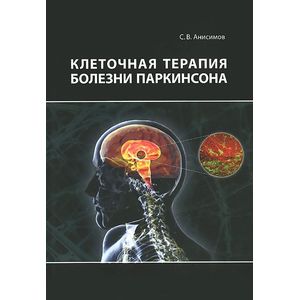Cell therapy for Parkinson"s disease
Please sign in so that we can notify you about a reply
Parkinson"s disease (BP) is one of the most common neurodegenerative diseases in the world, and the ineffectiveness of traditional methods of therapy in certain clinical situations is a significant problem. At the same time, the pathogenesis of the disease is associated with the degeneration and death of the only type of cells localized in a certain anatomical structure, namely large dofaminergic (dopamine) neurons of the compact part of the black brain substance (Substantia Nugra Pars Compacta) This circumstance makes Parkinson"s disease an extremely attractive therapeutic target of cell therapy - including precisely substitution cell therapy based on transplantation of derivative stem and pregnant cells of different types. In this work, it considers the properties of such cells (including somatic, neonatal, fetal, embryonic and induced), the principles of their preparation, expansion and differentiation, options for their use are described. Much attention is paid to the description of the risks associated with cell therapy as a whole and the use of individual types of stem cells in particular (including oncological, infectious, immunological, surgical and genetic risks), possible ways to minimize these risks and issues of ethics are discussed. Separate sections are devoted to practical aspects of work with stem cells. In general, this work sets itself the task of conducting a balanced analysis of the principles underlying the cell therapy of Parkinson"s cell therapy, and it is realistic to describe the prospects for introducing individual approaches to clinical practice
Author:
Author:Anisimov Sergey Vladimirovich
Cover:
Cover:Soft
Category:
- Category:Science & Math
Paper:
Paper:Molded
ISBN:
ISBN:978-5-94869-168-8
No reviews found
